Cutting edge technology is being offered to dealers to put them ahead of the battle to win a greater slice of aftersales and accident repair business.
Scarred by an on-going court case that saw it lose millions of pounds and come off the London Stock Exchange, Accident Exchange has launched a new ‘black box’ business called In-Car Cleverness, funded through a £1m investment and 10 years’ experience of the telematics market.
The system, branded OnBoard, tracks an unprecedented level of data on the performance of a vehicle, wear and tear levels and damage, providing up-to-the-minute insight for owner and dealer, providing the latter with key customer contact and revenue earning opportunities
Guiding the £100 million turnover Accident Exchange through its ‘reinvention’ is chief executive Steve Evans.
“Aftersales absorption is now around 60% and it has fallen nearly 20% in just two years,” Evans said.
“This will be due in part to longer service intervals, but more significant is the failure to adapt to increasing competition to franchised dealers.”
“In-Car Cleverness addresses this issue directly, protecting dealers’ aftersales revenue through actionable data on the condition of a vehicle with a robust, attractive offering at zero cost to the customer.”
Evans’ focus is to allow dealers to maximise the aftersales opportunity from a new car over the first three years that he put at £1,700.
In-Car Cleverness provides the black box unit, which is plugged into a car’s OBD by the dealer during the PDI, and offers opt in services to the dealer and customer.
Customers are offered the use of an app that will provide options on who should be contacted in the event of an accident, tracking if the car is stolen, if they want alerts when a service is due, oil level prompts, driving style data, the cheapest fuel in their area and any fault that is identified with their vehicle.
A dealer dashboard provides similar, actionable information in three instances: an accident, a service requirement or in the event of a fault, even if a dashboard light hasn’t illuminated.
Mileage data can also be used to calculate tyre wear and oil used on the need to replace filters.
Up to 200 messages by the in-car device via the OBD port.
Evans is also investigating linking residual value prediction data to In-Car Cleverness.
“A dealer will be able to track the use of a car, the mileage, service work done and the mpg figure to make a predicted RV at the end of a finance term. The dealer will be empowered to approach the customer with a new car offer, one that will meet their requirements based on the car’s use,” Evans said.
If the dealer misses a contact opportunity, In-Car Cleverness can step in on their behalf. It will also works with the dealer to provide a benchmark figure on the impact the device will have on aftersales performance – and offers price matching information on equivalent work provided by independent competitors.
The cost to the dealer per unit is £50 for three years. Forecast return on investment is 500%.
Vehicle and vehicle use data is owned by the customer. It is anonymised for analysis purposes by In-Car Cleverness. There is also inherent in the new business a credit hire opportunity for Accident Exchange, but this is not conditional, Evans said. He also gave assurances that manufacturers have “no objections” to OnBoard.
He said In-Car Cleverness is working with 1,800 franchised dealerships now and 17 leasing companies. He wants to have 40,000 units in use by dealers (30,000) and fleets (10,000) this year and 150,000 in 2015. Annual investment in the system by Evan’s company is put at half a million pounds, mostly required to ensure the transfer and analysis of data from vehicle to black box.
More information at www.onboard.co.uk
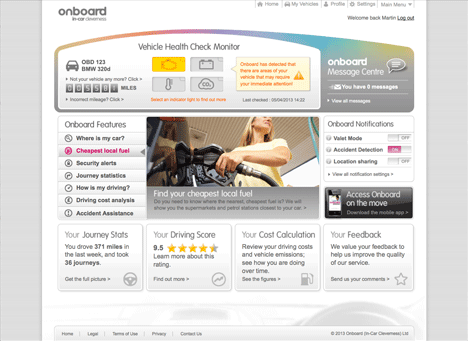
The emergence of in-car telematics
For the last 10 years Accident Exchange has invested in telematics for its credit hire fleet – “Our cars are attractive to thieves,” said Evans. “We like to get them back when they go missing.”
Originally devices connected to a vehicle’s wiring loom, but in the last few years they have been integrated into the OBD port (where a technician plugs in a laptop for a system diagnosis). It also provides power for the device.
The ‘black boxes’ have become cheaper and they can provide more information.
Two years ago the technology hit the headlines with the promises of cheaper insurance.
PM David Cameron held an insurance summit at Downing Street to tackle the issue of rising premiums which led to an impetus on black boxes in cars.
But, said Evans, there is a myth perpetuated around this technology and its use to make insurance more affordable.
“Insurance companies take £14 billion in motor premiums each year. Last year the sector lost £1.6bn. The last thing they want to do is accept lower premiums.
“The aim is to limit the risk drivers present. So a number of companies offered to provide the box to young drivers to charge them on where they drive or how they drive. It’s reported that 40% of drivers who have them fitted are paying more than if they hadn’t had the box fitted.
Older drivers are the next target market. Insurers want control as well as a revenue opportunity.”
Consumer research by Accident Exchange reveals that the majority of drivers did not want a black box and this was down to a failure to see its value. Asked if someone else fitted it and paid for it would you consider it, 90% said yes.
They see the value in knowing that if in an accident someone would look after them, if something went wrong with the car someone would know and how to get it fixed and third in order of priority, where to find cheap petrol was judged important.
The backdrop to this has been activity amongst the Eurocrats.
In 2010 the European Union issued a directive requiring all 27 member states commitment to an integrated transport solution requiring telematics in cars with five facets to be adopted.
The first is eCall. When involved in an accident or breakdown data is communicated to a centre controlled by a manufacturer to ensure assistance is offered. Britain and Ireland elected not to be involved in a pilot from February this year, but in 2014 it is expected eCall will become mandatory in the manufacture of cars in the EU from the following year.
Other element of transport solution is vehicle to vehicle, where one car ‘talks’ to another about the driver’s intentions based on indicators, brakes etc.
And another is ‘vehicle to infrastructure’, of particular interest to local authorities managing traffic flow where information is sent to a sensor in your car which communicates with a navigation system recommending a journey around congestion.
Manufacturers have adopted different stances on their vehicles as data and technology hubs. For example, BMW has ConnectedDrive, which offers convenience (your smart phone acts as a remote control for your car, automated service booking, travel and navigation), infotainment and safety features (emergency call, lane departure warning, head-up display)
Toyota and Nissan are making Facebook available in a car.
In the last year there has been increasing interest from companies wanting to enhance their brand value and behind the scenes work is being done to work out ways to protect and enhance existing relationships with consumers in the way In-Car Cleverness hopes to do.
Accident Exchange and the High Court
The court case involving Accident Exchange and Autofocus is on-going.
Accident Exchange took Autofocus to court in October 2009 over allegations that it gave bad information in compensation cases as far back as 2007.
Steve Evans, Accident Exchange chief executive, said cases which could make up millions in missing revenue to the company have been affected by “factually incorrect” evidence given by Autofocus on estimates on how much replacement vehicles would cost.
Accident Exchange says this evidence was often significantly undervalued, meaning it recovered less than it should have, affecting its financial results.
Autofocus went into administration on July 28, 2010.
To date Accident Exchange has received £12 million in compensation. It came off the London Stock Exchange as a result of the impact on the company’s share price and went private.









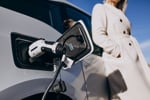







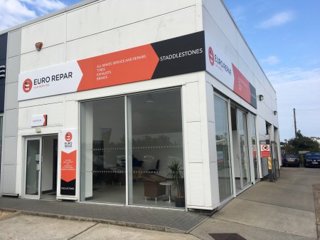
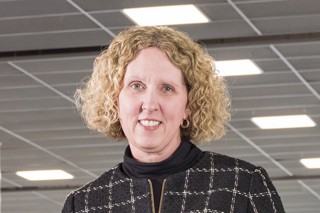
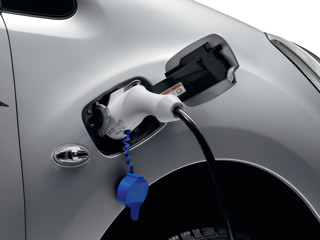
Login to comment
Comments
No comments have been made yet.